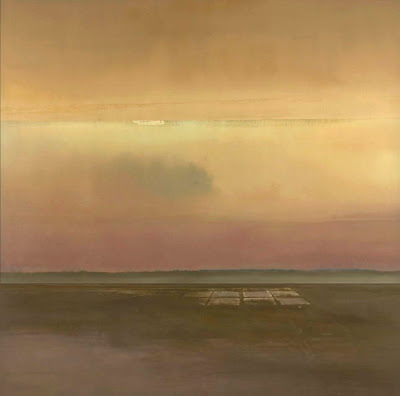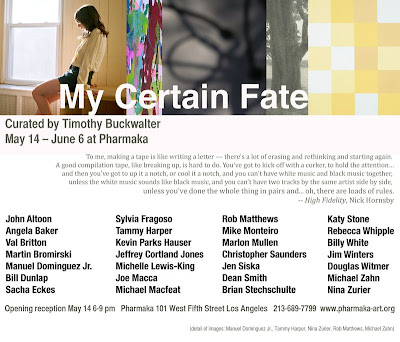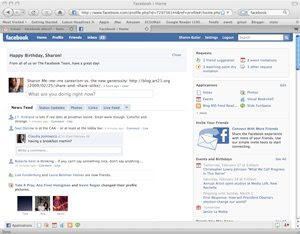
Some more time has passed since I trotted out this piece for the ‘anatomy series’ of posts. No reason other than it has been on the back burner as other works demanded more attention. Apologies again for the lack of a quality image here but it should give you an idea as placeholder.
Since the last time I spoke of this piece, I have employed the nuclear option. I eradicated the bottom quarter several times with huge swaths of muddy paint in part to fill in surfaces gaps and also to actually submerge the former grid into a sludgy demise like river water saturating turned soil. (some sanding/scraping also to make the current state change)
Next in order is a reworking of the part of the painting that was actually working. First I wanted to expand the sky upward as the darker passage which bracketed it previously was troublesome in that it suffocated the work as a whole. Painting that out presented unforeseen problems. Uneven surfaces seams and some paint loss due to taping lead me to an endless game of reconstruction that is only now complete in a version not pictured here. Despite this, it was the right call as now
This is where painting gets hard. The challenge is having the courage to let go of ‘success’ for the betterment of the whole. Generally when an artist paints themselves into a corner as the expression goes, it is because they are holding to a passage at all costs for fear (or realization) that it cannot be improved or replicated elsewhere throughout the painting. The trouble is, painting is a relationship that requires give and take. It is not static. Letting go is central to the process of realization.



















